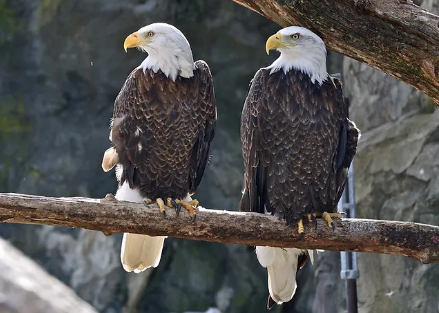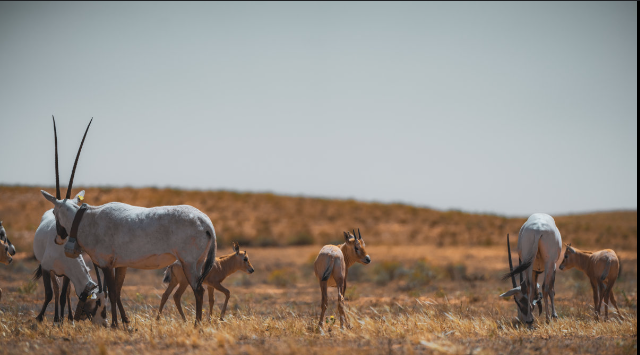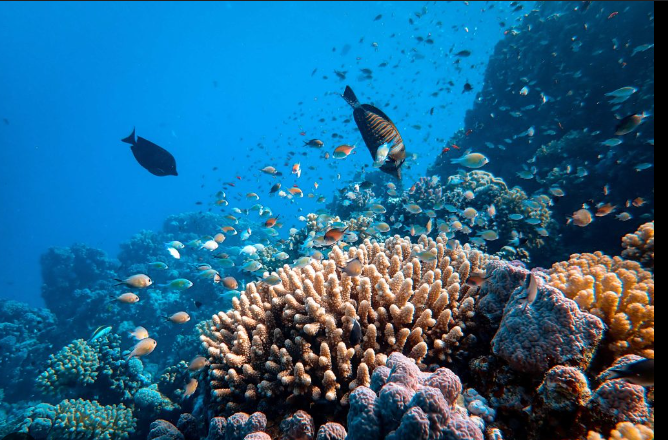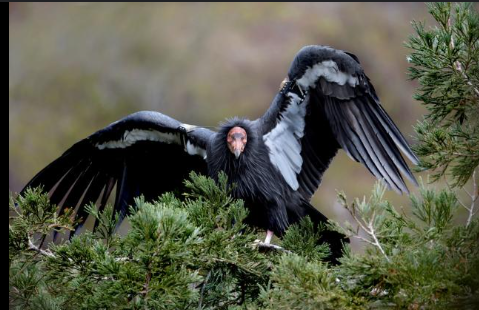Conservation efforts are essential for protecting our planet’s natural resources and ensuring a sustainable future. Over the years, there have been numerous successful conservation projects that offer valuable lessons and inspire hope. This article explores some notable success stories in conservation, highlighting key achievements and the insights gained from these endeavors.
Success Stories in Conservation
- The Recovery of the Bald Eagle
One of the most iconic success stories in conservation is the recovery of the bald eagle in the United States. Once on the brink of extinction due to habitat loss, hunting, and the effects of the pesticide DDT, the bald eagle has made a remarkable comeback. In the 1960s, there were fewer than 500 nesting pairs left. Thanks to the banning of DDT, habitat protection efforts, and breeding programs, the bald eagle population has surged to over 70,000 birds today. This success underscores the importance of targeted legislation and habitat conservation in species recovery.

- The Revival of the Arabian Oryx
The Arabian oryx, native to the Arabian Peninsula, faced extinction in the 1970s due to overhunting and habitat loss. Through a combination of captive breeding programs and habitat protection, the species has been reintroduced into its native range. Today, there are thousands of Arabian oryx living in the wild, thanks to the collaborative efforts of wildlife organizations and governments. This story illustrates how conservation can restore even the most critically endangered species with a coordinated approach.

- The Restoration of the Great Barrier Reef
The Great Barrier Reef, one of the world’s largest and most diverse coral reef systems, has faced severe threats from coral bleaching and climate change. However, innovative conservation strategies, such as coral farming and restoration projects, have shown promise. Scientists are experimenting with heat-resistant coral species and restoring damaged reefs to improve their resilience. While challenges remain, these efforts highlight the importance of adaptive management and technological innovation in preserving critical marine ecosystems.

- The Protection of the Amazon Rainforest
The Amazon rainforest, often referred to as the “lungs of the Earth,” has been the focus of significant conservation efforts due to its vital role in global climate regulation and biodiversity. Various initiatives, including indigenous land rights recognition, deforestation monitoring, and reforestation projects, have been implemented to safeguard this invaluable ecosystem. While deforestation continues to be a major challenge, these efforts demonstrate the power of community involvement and international cooperation in conservation.

- The Revival of the California Condor
The California condor, one of the world’s rarest birds, faced extinction in the 1980s with fewer than 30 individuals remaining. A controversial but ultimately successful captive breeding program was established to save the species. Through meticulous care and subsequent reintroduction efforts, the population has increased to over 500 birds today. This case highlights the critical role of human intervention in species recovery and the potential for success when comprehensive strategies are employed.

Read More :The Effects of Deforestation : Global Consequences
Lessons Learned from Conservation Successes
- The Power of Legislation and Policy
Successful conservation projects often involve strong legislative and policy frameworks. For example, the recovery of the bald eagle was significantly aided by the Endangered Species Act and the ban on DDT. Effective policies not only protect species but also address the underlying threats they face. This emphasizes the need for robust legal frameworks and regulatory measures to support conservation efforts.
- The Importance of Habitat Protection
Habitat loss is a primary driver of species decline. Many conservation successes, such as the revival of the Arabian oryx and the California condor, underscore the importance of protecting and restoring natural habitats. Conservation efforts must include habitat preservation and restoration as core components to ensure long-term species survival.
- The Role of Science and Innovation
Scientific research and innovation play crucial roles in successful conservation. Projects like coral reef restoration in the Great Barrier Reef and captive breeding programs for the California condor demonstrate how scientific advancements can contribute to conservation goals. Ongoing research and the application of new technologies are essential for addressing complex environmental challenges.
- The Need for Collaboration
Many successful conservation efforts involve collaboration between various stakeholders, including governments, non-governmental organizations (NGOs), local communities, and international bodies. The restoration of the Amazon rainforest and the Arabian oryx’s recovery highlight the benefits of a collaborative approach. Engaging multiple parties helps pool resources, share knowledge, and build support for conservation initiatives.
- The Importance of Community Involvement
Local communities often play a pivotal role in conservation success. In the case of the Amazon rainforest, recognizing and supporting indigenous land rights has been crucial for protecting this critical ecosystem. Involving communities in conservation efforts ensures that projects are culturally appropriate and have local support, leading to more sustainable outcomes.
- The Need for Adaptive Management
Conservation efforts must be adaptable to changing conditions and new challenges. The Great Barrier Reef’s ongoing restoration efforts, for instance, involve adapting strategies based on new research and environmental conditions. Flexible management approaches allow conservation projects to respond effectively to evolving threats and opportunities.
- The Value of Education and Awareness
Raising awareness and educating the public about conservation issues are vital for garnering support and driving positive change. Conservation success stories often include components of public education and outreach, helping to build a culture of environmental stewardship and encourage responsible behavior.
- The Role of Funding and Resources
Adequate funding and resources are essential for implementing and sustaining conservation projects. The success of initiatives like the California condor recovery and the Great Barrier Reef restoration underscores the need for financial support and resource allocation. Investing in conservation not only addresses immediate needs but also ensures long-term project viability.
- The Impact of Global and Local Efforts
Conservation successes often result from a combination of global and local efforts. While international agreements and organizations can provide support and resources, local actions and initiatives are crucial for addressing specific regional challenges. Balancing global strategies with local needs enhances the effectiveness of conservation efforts.
- The Importance of Monitoring and Evaluation
Continuous monitoring and evaluation are critical for measuring the success of conservation projects and making necessary adjustments. Successful conservation efforts, such as those for the bald eagle and the Arabian oryx, include ongoing assessment and refinement of strategies. Monitoring helps identify progress, challenges, and opportunities for improvement.

Conclusion
Conservation efforts have demonstrated that positive change is possible when dedicated resources, innovative strategies, and collaborative approaches are employed. Success stories like the recovery of the bald eagle, the Arabian oryx, and the Great Barrier Reef offer valuable lessons for future conservation initiatives. By learning from these experiences and applying key principles—such as effective legislation, habitat protection, scientific innovation, collaboration, community involvement, and adaptive management—we can continue to make strides in preserving our planet’s natural heritage for future generations.

Leave a comment